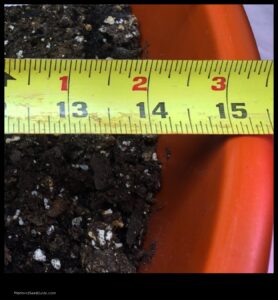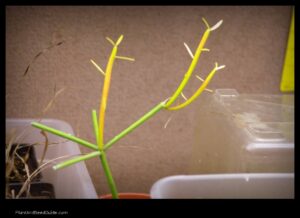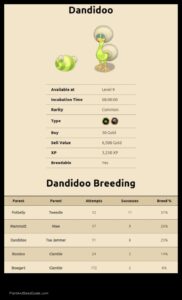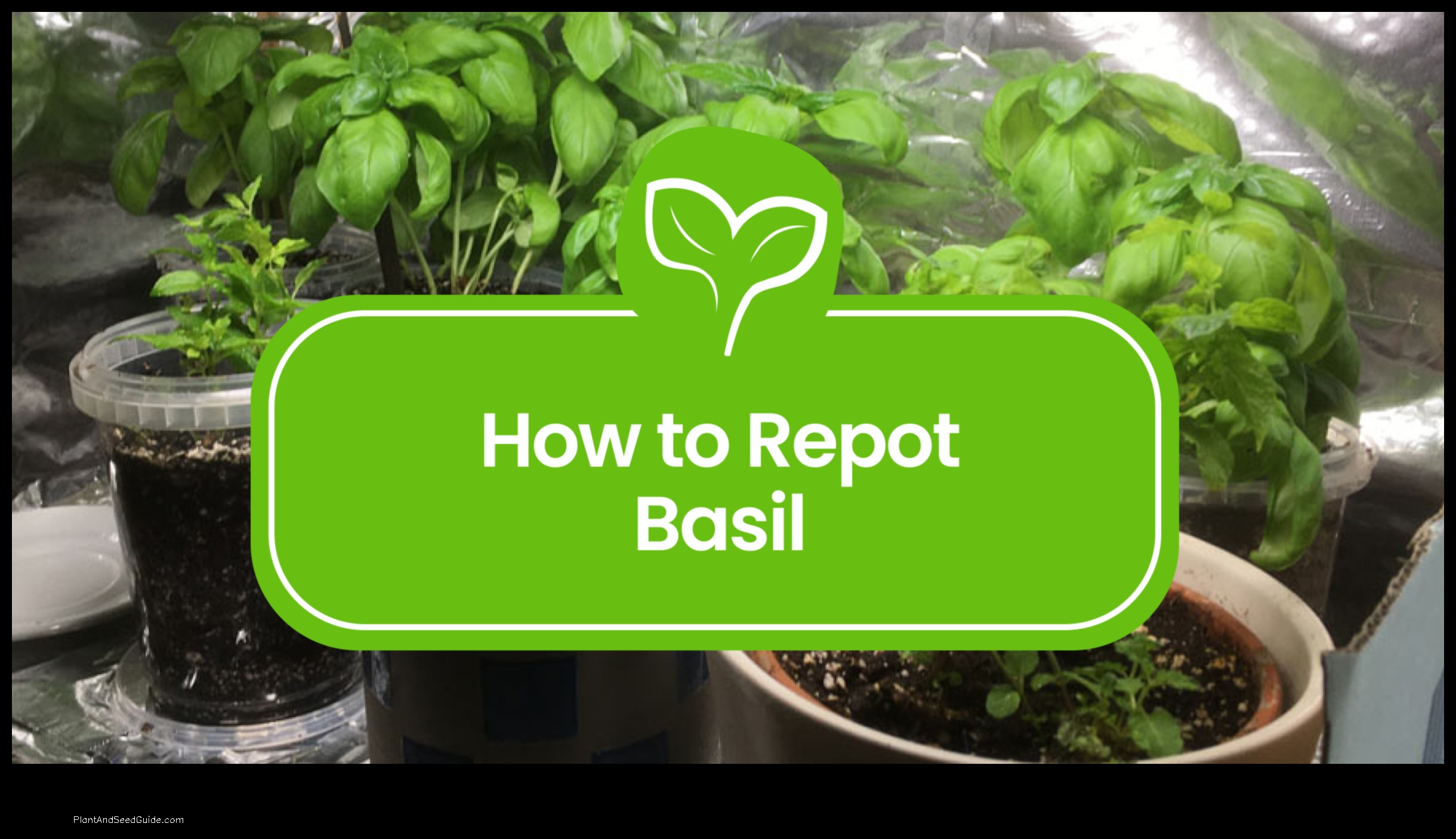
How to Repot Basil
Basil is a popular herb that is easy to grow at home. However, if your basil plant is starting to outgrow its pot, it may be time to repot it. Repotting basil is a simple process that can help your plant to thrive.
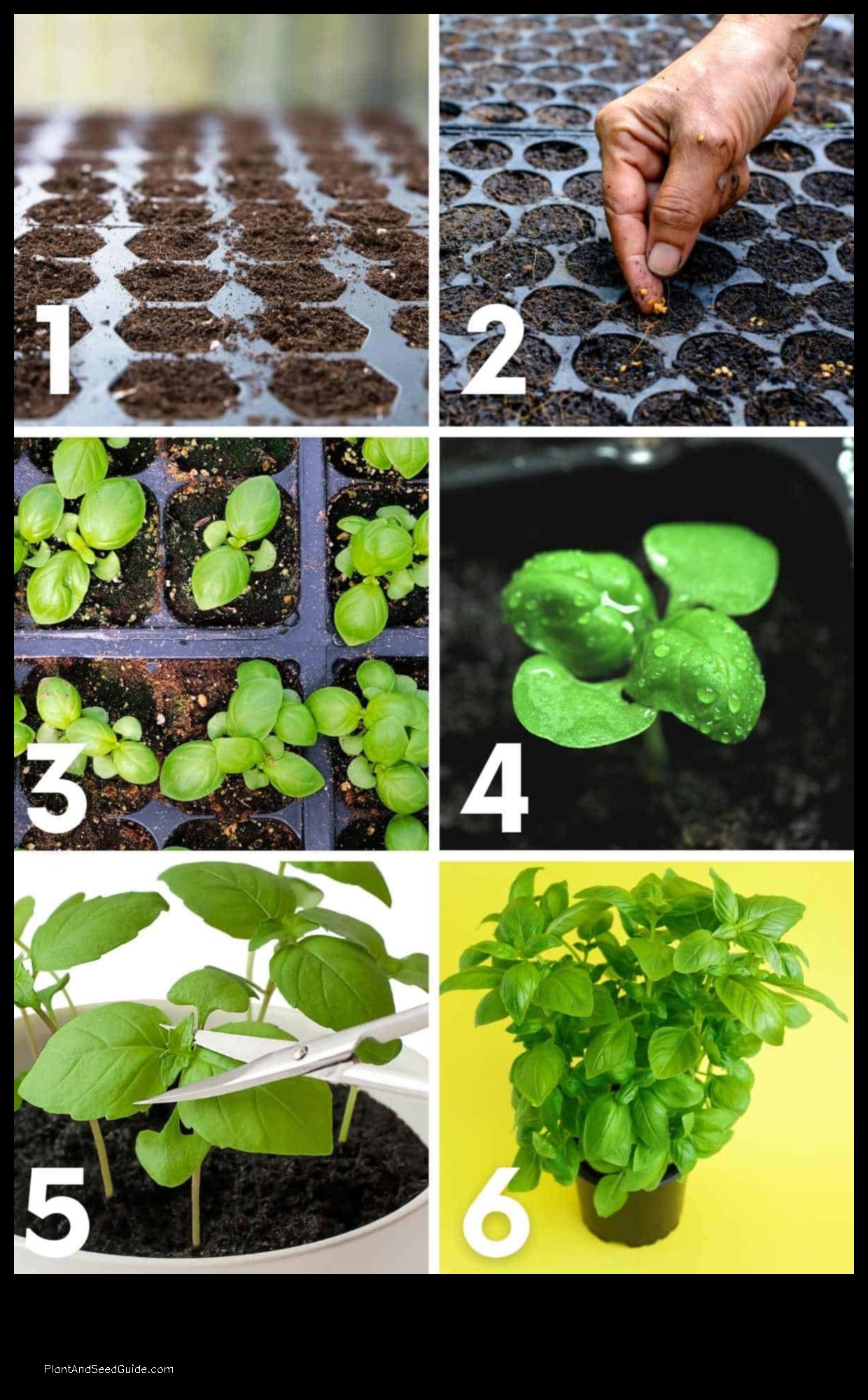
When to Repot Basil
The best time to repot basil is in the spring or early summer. This is when the plant is actively growing and will be able to adjust to its new pot more easily.
How to Repot Basil
To repot basil, you will need the following materials:
- A new pot that is about 2 inches larger than the current pot
- New potting soil
- A trowel or spoon
- Water
To repot your basil plant, follow these steps:
- Gently remove the basil plant from its current pot.
- Loosen the roots of the plant by gently teasing them apart.
- Place the basil plant in the new pot.
- Fill in the pot with new potting soil, leaving about an inch of space at the top.
- Water the basil plant thoroughly.
What Size Pot Do You Need for Basil?
The size of the pot you need for basil will depend on the size of the plant. A small basil plant can be grown in a 6-inch pot, while a larger plant will need a 10-inch pot or larger.
What Kind of Soil Do You Need for Basil?
Basil prefers a well-draining soil that is rich in organic matter. You can use a commercial potting soil or make your own soil mix by combining equal parts of potting soil, compost, and perlite.
How Much Water Does Basil Need?
Basil needs to be watered regularly, but it is important not to overwater it. The soil should be moist, but not soggy.
How Much Sun Does Basil Need?
Basil needs full sun to thrive. A sunny spot in your garden or on your patio is ideal.
How to Fertilize Basil
Basil can be fertilized monthly with a balanced fertilizer. You can also use a liquid fertilizer or a slow-release fertilizer.
Pests and Diseases of Basil
Basil can be susceptible to a number of pests and diseases, including aphids, mites, whiteflies, and powdery mildew. If you notice any pests or diseases on your basil plant, you can treat it with a commercial insecticide or fungicide.
FAQ
Q: How do I know if my basil plant needs to be repotted?
A: If your basil plant is starting to outgrow its pot, it is time to repot it. You can also tell if your basil plant needs to be repotted if the roots are starting to grow out of the drainage holes in the pot.
Q: How often should I repot my basil plant?
Basil plants should be repotted every year or two.
Q: What is the best time to repot basil?
The best time to repot basil is in the spring or early summer.
Q: What size pot do I need for basil?
The size of the pot you need for basil will depend on the size of the plant. A small basil plant can be grown in a 6-inch pot, while a larger plant will need a 10-inch pot or larger.
Q: What kind of soil do I need for basil?
Basil prefers a well-draining soil that is rich in organic matter. You can use a commercial potting soil or make your own soil mix by combining equal parts of potting soil, compost, and perlite.
<
| Feature | Answer |
|---|---|
| Basil | A herb of the mint family, Ocimum basilicum. |
| Repot | Transplant a basil plant from its original pot to a larger one. |
| Plant | Grow a basil plant from seed or a cutting. |
| Grow | Provide the right conditions for basil to grow, such as sunlight, water, and fertilizer. |
IWhen to repot basil
Basil should be repotted when it has outgrown its current pot and the roots are starting to grow out of the drainage holes. This is usually when the plant is about 6-8 inches tall.
You can also repot basil if the soil in the pot has become depleted of nutrients. This can happen if you have not been fertilizing the plant regularly, or if the soil is old and has lost its ability to hold nutrients.
If you are not sure if it is time to repot your basil plant, you can check the roots.
If the roots are tightly packed together and there is no more room for them to grow, then it is time to repot the plant.Gently remove the plant from the pot and look at the roots..
How to repot basil
To repot basil, you will need:
- A new pot that is at least 2 inches wider and deeper than the old pot
- Fresh potting soil
- A trowel or spoon
- Water
To begin, gently remove the basil plant from its old pot. Be careful not to damage the roots.
If the roots are tightly bound together, loosen them gently with your fingers or a fork.
Place the basil plant in the center of the new pot. Add soil around the roots until the plant is level with the top of the pot.
Water the basil plant thoroughly.
Place the basil plant in a sunny spot and water it regularly.
Your basil plant should be happy in its new pot and will soon start to grow new leaves.
What size pot do you need for basil?
The size of pot you need for basil depends on the size of the plant. A small basil plant can be grown in a 4-inch pot, while a larger plant will need a 6- or 8-inch pot. If you are not sure what size pot to use, err on the side of a larger pot. Basil plants like to have plenty of room to grow.
What kind of soil do you need for basil?
Basil does best in well-drained soil that is rich in organic matter.
You can also add a handful of worm castings to the soil to help improve drainage and nutrient content.A good soil mix for basil would be equal parts potting soil, compost, and perlite..
Basil does not like to be overwatered, so it is important to make sure that the soil is well-drained. If the soil is too wet, the roots of the basil plant will rot.
Basil also likes to be in full sun, so it is important to choose a location for your basil plant that gets plenty of sunlight.
By following these tips, you can help your basil plant grow healthy and strong.
VHow much water does basil need?
Basil needs regular watering, but it is important not to overwater it. The soil should be kept moist, but not soggy. Basil plants will wilt if they are not watered enough, but they can also suffer from root rot if they are overwatered.
To check if your basil plant needs water, stick your finger into the soil. If the soil is dry to the touch, it is time to water the plant.
Water your basil plant until the water runs out of the drainage holes in the bottom of the pot.
Basil plants do best when they are watered in the morning. This will give them time to dry out before nightfall, which helps to prevent the development of fungal diseases.
If you live in an area with hot, dry summers, you may need to water your basil plants more frequently.
On the other hand, if you live in an area with cool, wet winters, you may need to water your basil plants less frequently.
The best way to determine how much water your basil plant needs is to observe the plant and adjust your watering schedule accordingly.
Pests and diseases of basil
Basil is a relatively pest-resistant plant, but it can be susceptible to a few common problems. These include:
- Aphids: Aphids are small, sap-sucking insects that can cause leaves to wilt and turn yellow. They can be controlled with insecticidal soap or neem oil.
- Whiteflies: Whiteflies are small, winged insects that feed on the undersides of leaves. They can cause leaves to yellow and drop. They can be controlled with insecticidal soap or neem oil.
- Thrips: Thrips are small, slender insects that feed on the leaves of basil. They can cause leaves to become discolored and distorted. They can be controlled with insecticidal soap or neem oil.
- Leaf miners: Leaf miners are small, tunneling insects that lay their eggs in the leaves of basil. The larvae of the leaf miners feed on the leaves, causing them to develop tunnels. They can be controlled with insecticidal soap or neem oil.
- Powdery mildew: Powdery mildew is a fungal disease that causes leaves to become covered in a white, powdery substance. It can be controlled with a fungicide.
- Downy mildew: Downy mildew is a fungal disease that causes leaves to become yellow and wilted. It can be controlled with a fungicide.
Basil can also be affected by a variety of other pests and diseases, such as caterpillars, slugs, snails, and mites. If you suspect that your basil plant is suffering from a pest or disease, it is best to consult with a qualified horticulturist for advice on how to treat the problem.
How to fertilize basil
Basil is a relatively low-maintenance herb, but it does require some fertilizer to thrive. The best time to fertilize basil is in the spring, when the plant is actively growing. You can use a general-purpose fertilizer, or a fertilizer specifically designed for herbs. Follow the directions on the fertilizer package for how much to use and how often to apply it.
If you notice that your basil plants are starting to look yellow or stunted, this could be a sign that they need fertilizer. You can also test the soil pH to see if it is too acidic or alkaline. Basil prefers a slightly acidic soil, with a pH of around 6.0 to 6.5.
Fertilizing basil regularly will help it to produce more leaves and flowers, and it will also help the plant to resist pests and diseases.
Pests and diseases of basil
Basil is susceptible to a number of pests and diseases, including:
- Aphids
- Mealybugs
- Spider mites
- Whiteflies
- Fusarium wilt
- Downy mildew
- Powdery mildew
To prevent pests and diseases from affecting your basil plants, you can take the following steps:
- Grow your basil plants in a sunny location with good air circulation.
- Water your basil plants regularly, but do not overwater them.
- Fertilize your basil plants regularly with a balanced fertilizer.
- Inspect your basil plants regularly for signs of pests and diseases.
- Treat your basil plants with an insecticidal soap or neem oil if you see signs of pests.
- Treat your basil plants with a fungicide if you see signs of diseases.
By following these steps, you can help to keep your basil plants healthy and free from pests and diseases.
FAQ
Q: When should I repot my basil plant?
A: You should repot your basil plant when it has outgrown its current pot and the roots are starting to grow out of the drainage holes.
Q: How do I repot my basil plant?
A: To repot your basil plant, you will need a new pot that is at least 2 inches larger in diameter than the current pot. You will also need fresh potting soil and a trowel.
Q: What size pot do I need for basil?
A: A 6-inch pot is a good size for a basil plant.
Q: What kind of soil do I need for basil?
A: Basil prefers a well-draining soil that is rich in organic matter.
Q: How much water does basil need?
A: Basil needs to be watered regularly, but it should not be allowed to sit in waterlogged soil.
Q: How much sun does basil need?
A: Basil needs full sun to thrive.
Q: How to fertilize basil?
A: Basil can be fertilized monthly with a water-soluble fertilizer.
Q: Pests and diseases of basil
A: Basil can be susceptible to pests such as aphids, spider mites, and whiteflies. It can also be affected by diseases such as powdery mildew and root rot.
- Wild Rose Country: Exploring Untamed Beauty - July 15, 2024
- Wildflower Nursery Decor: Bringing Nature Indoors - July 15, 2024
- Young Sprout of Grass: Nurturing New Life - July 15, 2024





